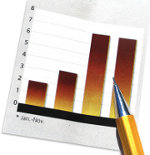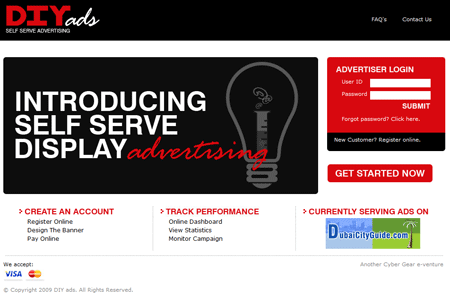 A recent survey by the market research company Real Opinions shows that 87% of those involved in advertising or marketing for their organisations in the Middle East said that transparency in website visitor numbers and profiles of visitors would be influential in increasing their usage of the Internet for advertising.
A recent survey by the market research company Real Opinions shows that 87% of those involved in advertising or marketing for their organisations in the Middle East said that transparency in website visitor numbers and profiles of visitors would be influential in increasing their usage of the Internet for advertising.
Put into perspective, 58% claim their budgets for marketing and advertising have decreased, but the current economic climate has encouraged them to look online for maximizing their impact, with 37% claiming their interest in the Internet has increased (50% claim no change).
Dan Healy, the CEO of Real Opinions who conducted the survey commented, ‘With decreasing budgets, organisations appear to be looking around for new paradigms in which to conduct their advertising and marketing activities to help them reach their goals. They are looking at the Internet advertising industry and websites to help them justify a new approach.’
‘As the Internet allows users to follow their special interests, websites have the ability to accurately show how unique their visitors are and how it can match an advertiser’s target market they wish to reach with communication. It’s shouldn’t just be how many visitors a website receives, advertisers want to know the profile of these people. This in turn can provide a very cost efficient advertising model for many organisations to achieve the return on investment they seek in this economic climate,’ Dan added.
 More Middle East business people used mobile devices to hook on to the internet last month, compared with February 2007, while fewer used computers, a just released survey showed.
More Middle East business people used mobile devices to hook on to the internet last month, compared with February 2007, while fewer used computers, a just released survey showed.


 According to estimative numbers released by Tunisian market research firm
According to estimative numbers released by Tunisian market research firm